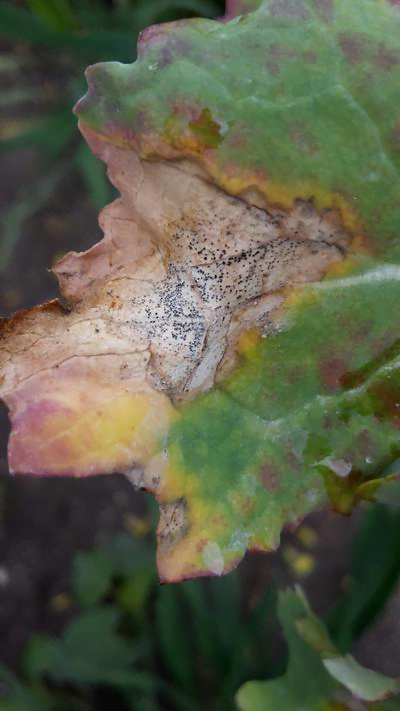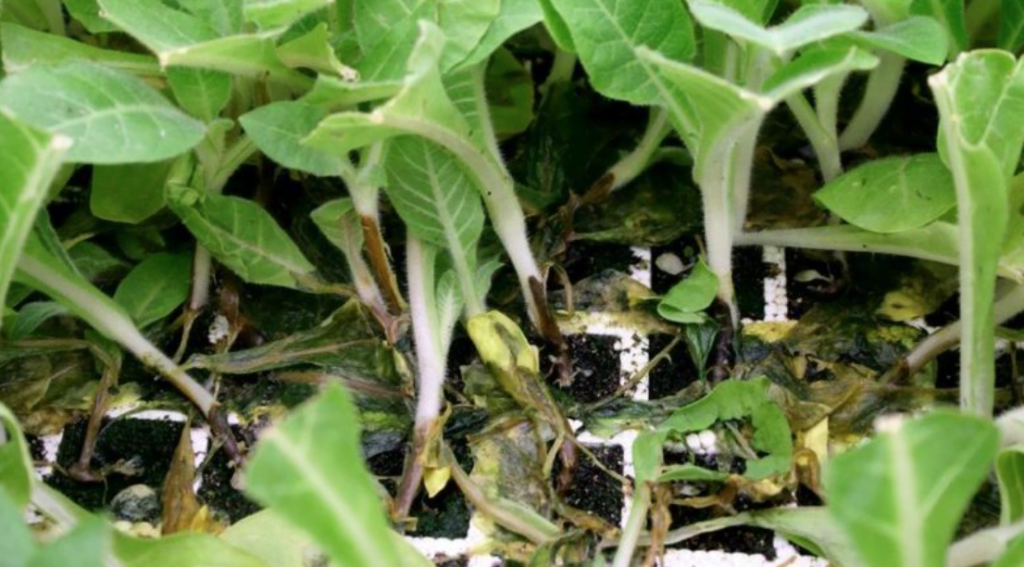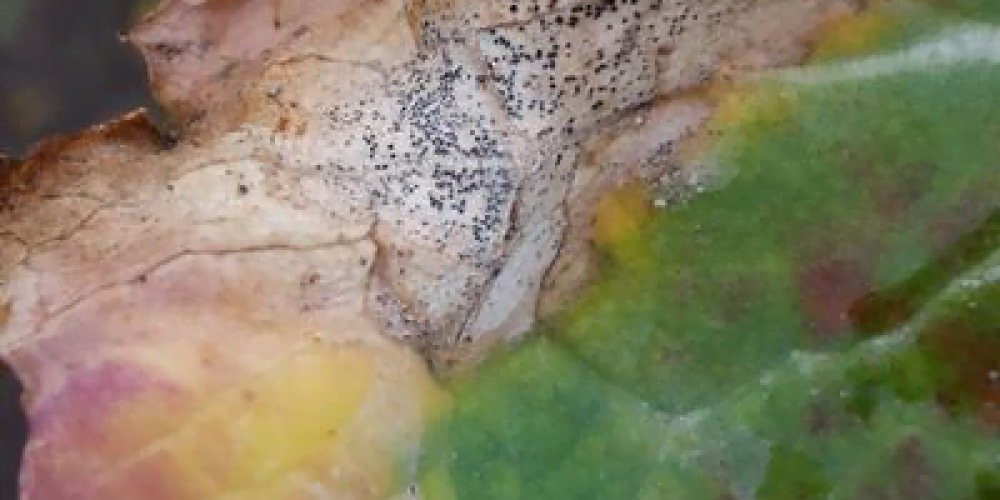Table of contents of the article
ToggleBlack leg on eggplant is a fungal disease that affects eggplant and leads to damage to the roots and stem. In this article on your website, WORLD OF PLANTS, we learn about the causes of this disease and how to prevent it.
Introduction to black leg disease on bananas
A fungal infection that affects young plants, manifesting itself as a dark line down the lower part of the stem. At this point, the stem dries up and the eggplant dies. The provoking factor is excess moisture in the soil, which contributes to the development of fungi.
A plant affected by black leg cannot be treated. It must also be removed and the soil treated with a solution of potassium permanganate. In addition, to remove excess moisture from the soil, sprinkle the soil with a little sand.
The leaves show yellowing and an abnormal appearance, distorted and twisted. Dry, dead spots appear in the center of the yellowed areas on the leaves.
The fruits on the trees appear abnormal and their peel is covered with black and brown spots.
Fungal growth can be seen on the yellowed areas and secretions emerge from them.
Abundant gummy secretions may appear from the affected areas on the foreskin (gum
Symptoms can be seen at all stages of plant growth and on all parts of it. The leaves show symptoms of yellowing, distortion and curling. Dry, dead spots appear in the middle of the yellowed parts of the leaves. As the disease progresses, dry parts fall off and leaves appear torn. The fruits appear abnormal, with black and brown spots on their peel. In later stages, fungal growths appear on the affected parts and secretions emerge from them. The fruits show symptoms of wilting, dry out, and shrink. Ulcers appear on the bark of trees and acquire a dark brown color. Abundant gummy secretions appear on the ulcers (gluing). When the internal tissue is cut, signs of discoloration and rot appear in general. The plant appears wilted, and in severe cases the plant falls.
The cause of black leg disease on banyan
Phytophthora nicotianae can infect many popular horticultural plant species. This makes it a dangerous pest. This fungus lives naturally and permanently in the ground, especially in hot or temperate humid environments. The presence of water in the environment is considered an essential factor for the survival, reproduction and spread of fungi. Therefore, rainwater and irrigation water are considered the main means of spreading the disease, which transmit germs from one plant to another. Mushroom spores can also remain in irrigation water, contaminate drains and waterways, and travel long distances away from the original location of the disease.
The spots increase in size, coalesce, become dark and move up the stem. The inner tissue of the stem turns black and rots, causing an imbalance in the movement of water and nutrients inside the plant and preventing them from reaching the upper parts. The leaves wilt and turn yellow, then turn brown and their edges curl. The plant may fall and die or be easily pulled out of the soil

Organic control of blackleg disease on banyan
Control of this fungus depends greatly on the type of crop and the environment. Many antifungals have been used against Aspergillus terreus, such as Phytophthora nicotianae Trichoderma, Pseudomonas putida, and Bacteria harzianum. Copper pesticides can also be used once every 2-3 months during rainy seasons. Infected tree bark can also be removed and its place covered with copper fungicide.
Chemical control of blackleg disease on banyan
Integrated methods of preventive measures must always be followed, along with the use of biological control methods, if available. In some crops, both metalaxyl and phosphonates can be used to combat the disease. However, resistance to metalaxyl has appeared in some strains of the fungus
Preventive measures for black leg disease on banyan
- Use disease-free and certified seedlings.
- Use tolerant varieties.
- Watering should not be overdone.
- Infected plants and branches must be removed and disposed of.
- Ensure good drainage of plants.
- Avoid causing injuries to plants during service operations.
- Avoid working in the field when the leaves are wet
In conclusion, we would like to note that we, at the world of plants website, offer you all the necessary services in the world of plants, we provide all farmers and those interested in plants with three main services::-
- Artificial intelligence consulting service to help you identify diseases that affect plants and how to deal with them.
- Blog about plants, plant diseases and care of various crops ... You are currently browsing one of her articles right now.
- An application that provides agricultural consultations to clients, as well as a service for imaging diseases and knowing their treatment for free – Click to download the Android version from Google Play Store، Click to download the IOS version from the Apple App Store.





